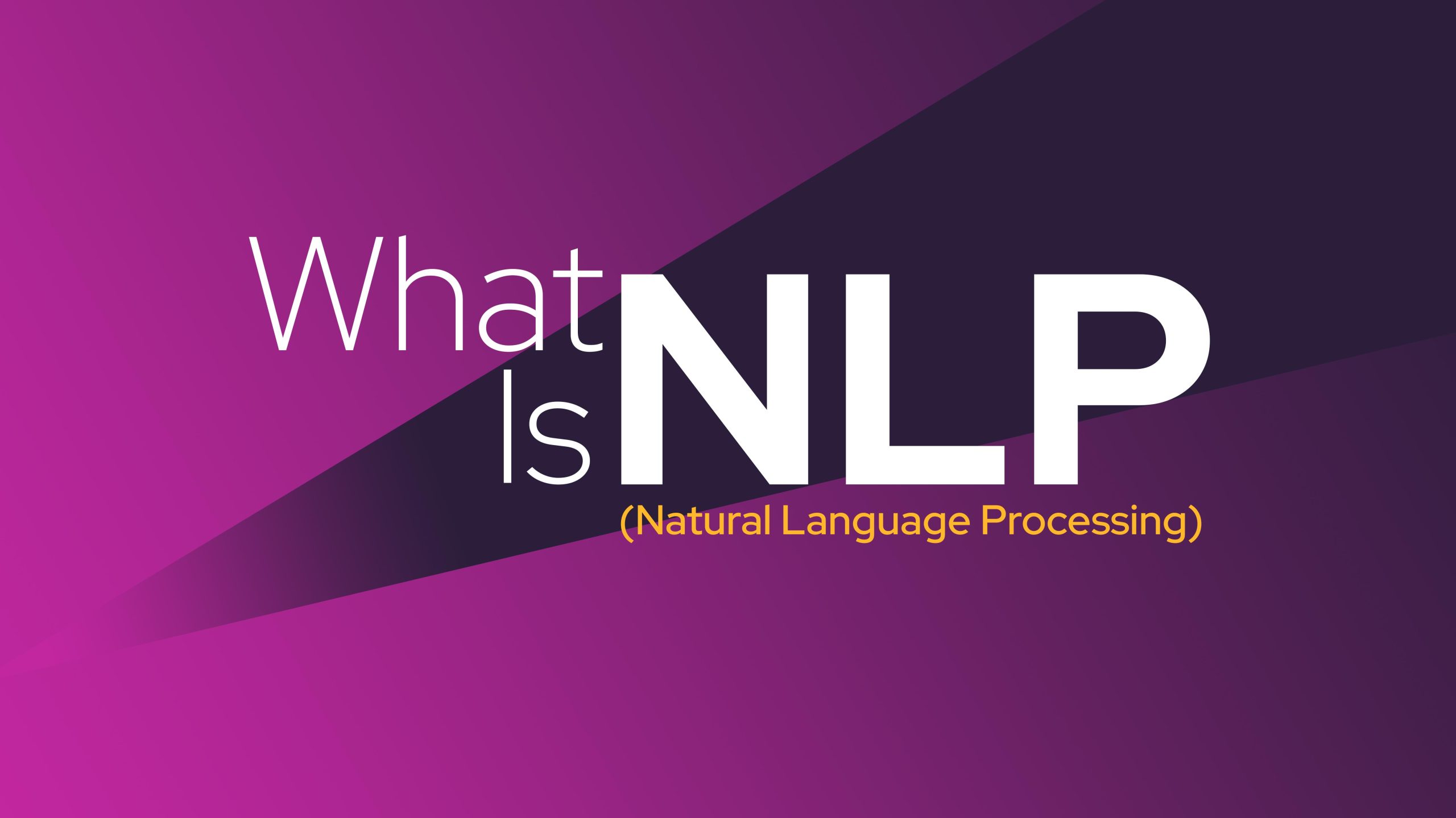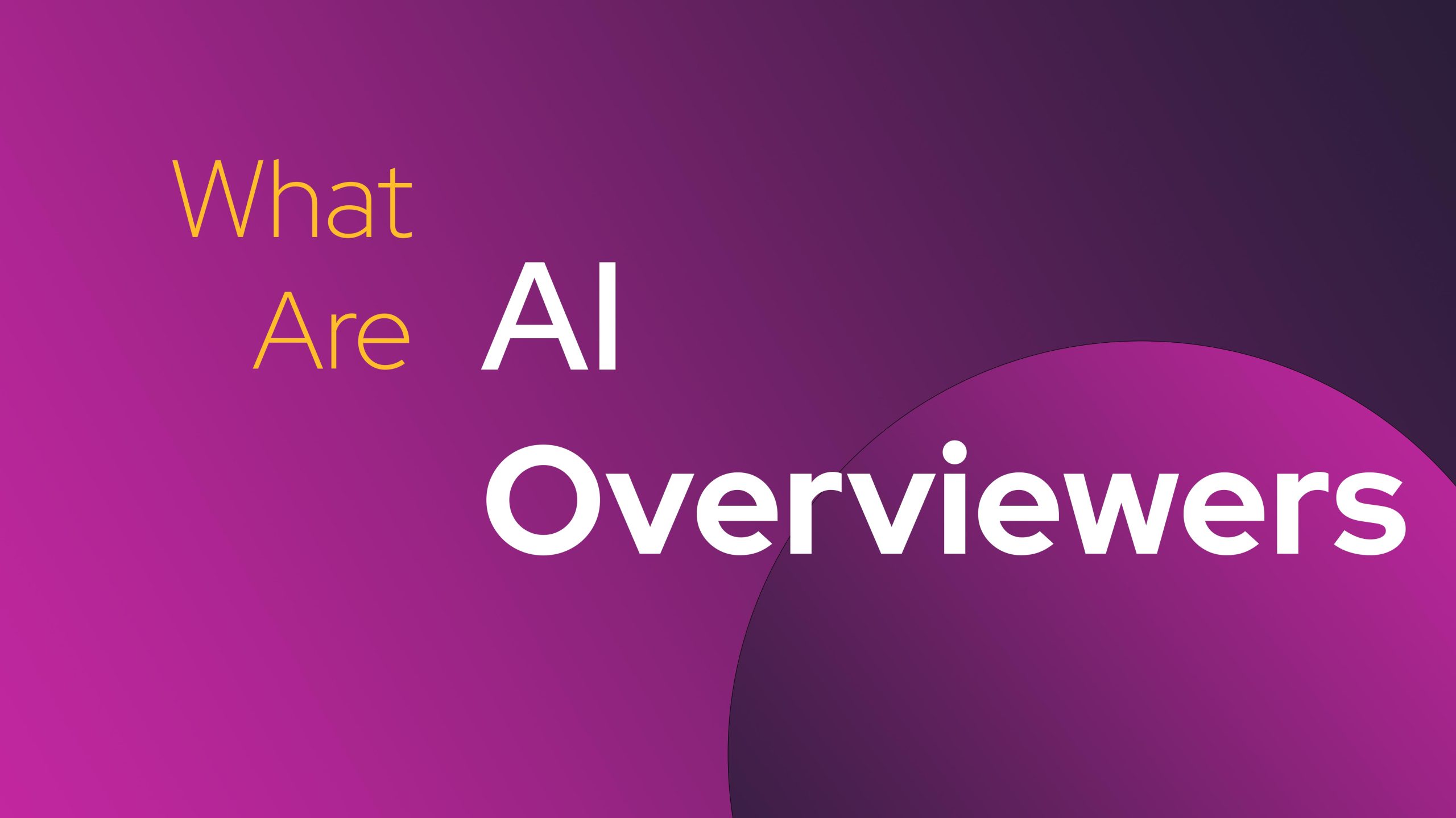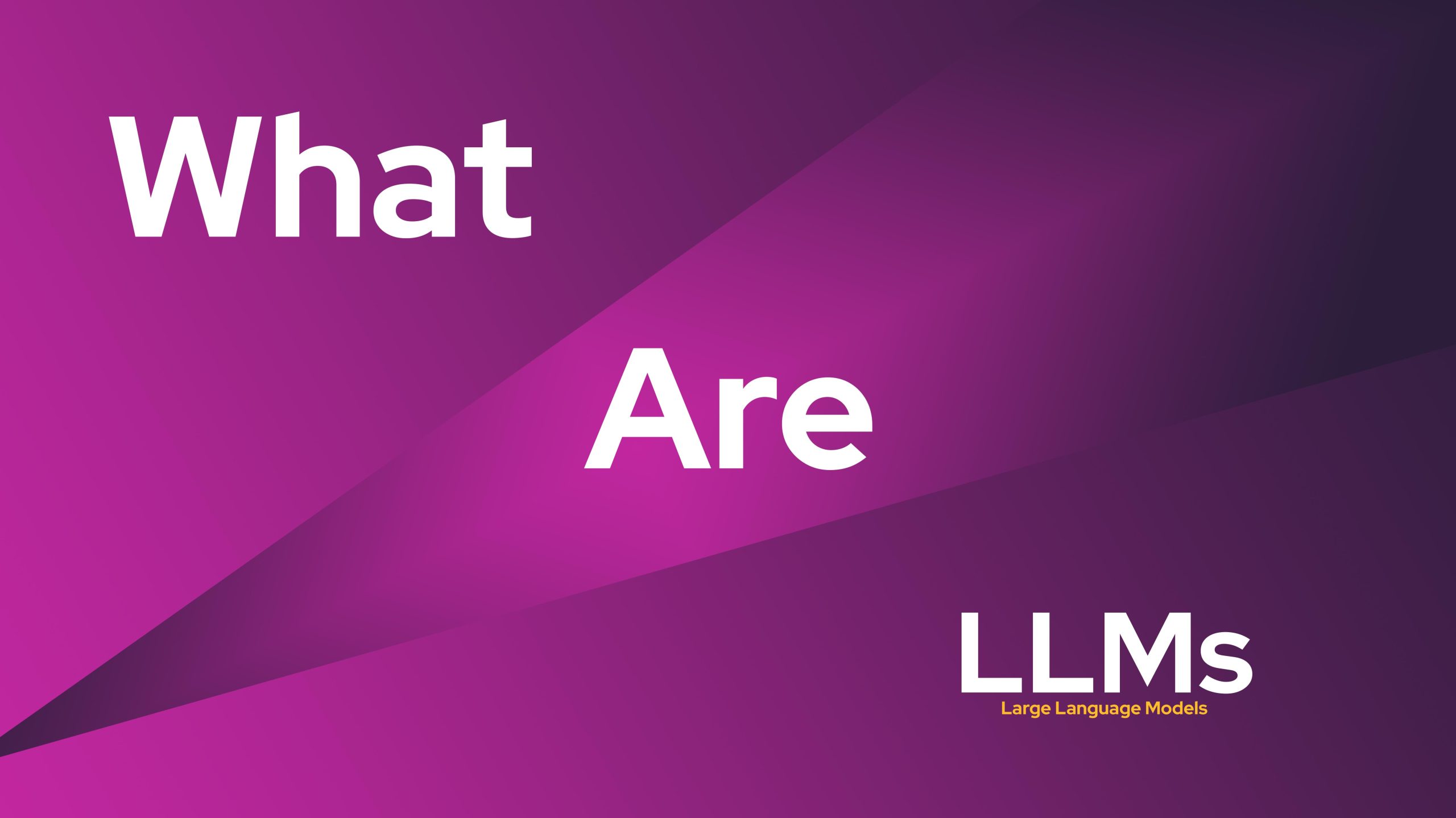Let’s explore Natural Language Processing (NLP). It’s a part of AI that makes it possible for computers to get and make sense of human language.
AI is getting more common, and so are words like “natural language processing” or NLP for short.
- Ever thought about how computers manage to understand our language?
- Or how NLP makes it possible for machines to talk back to us?
- And how do they manage to make sense of sentences and put words together properly?
Learn about natural language processing. Find out what it’s all about, and see what new things people are working on as AI keeps getting smarter.
The First Step: Cleaning Up the Text
When a computer gets text, it often includes unnecessary codes, formats, and extra bits. These extras can confuse the computer. Cleaning the text means turning it into a format that the computer can easily understand.
These cleaning steps might get rid of things like HTML tags, scripts, or ads found in online texts. A study, which you can read about in Science Direct, shows that this cleaning process is really helpful.
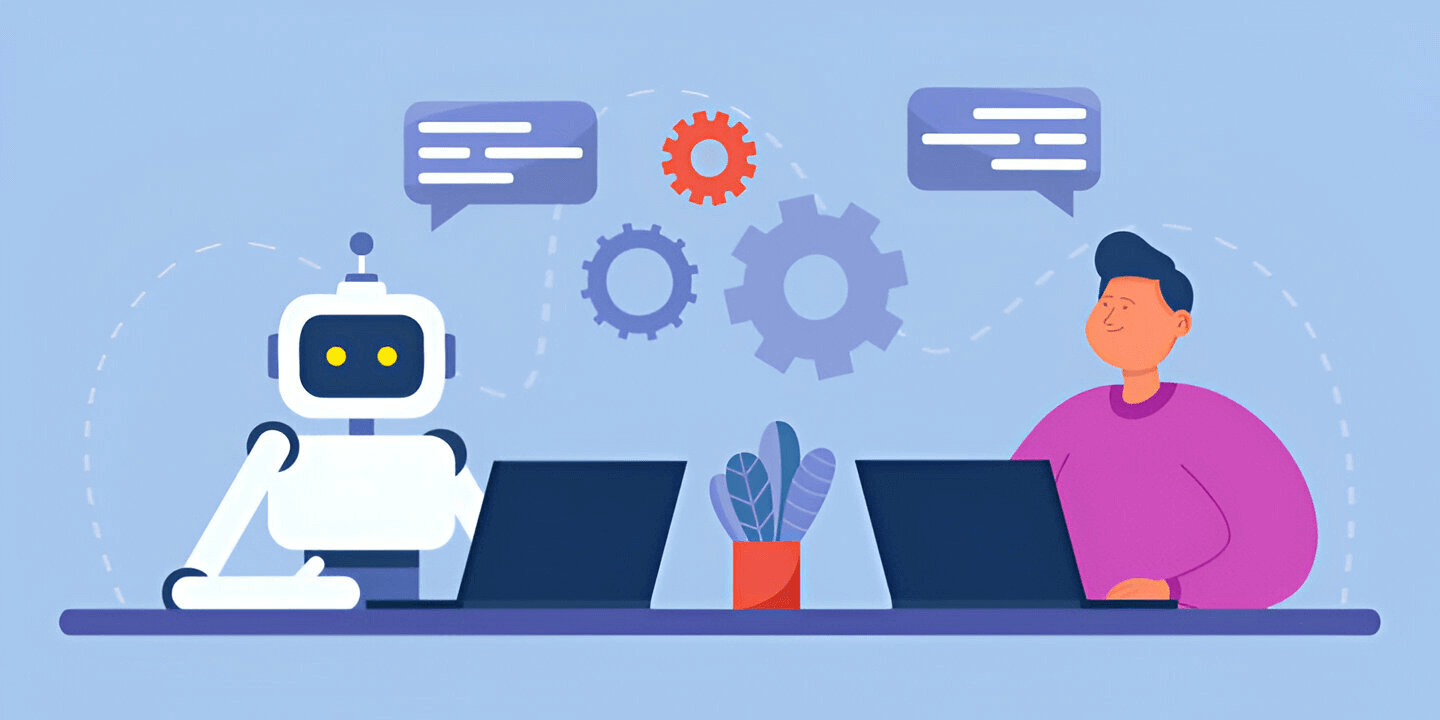
Tokenization
Computers don’t get sentences and paragraphs like we understand them. They get mixed up by all the lines, words, and their different sizes and sounds. That’s where tokenization helps.
Tokenization cuts the text into single pieces or tokens. This way, the computer can look at each piece one by one.
The way tokens are made can change. According to Coursera’s guide on Tokenization in NLP, tokens can be:
- Words
- Specific characters
- Phrases
- Sentences
POS tagging
The “Machine Learning Big Book” tells us that part-of-speech tagging is like tagging each word in a sentence as a noun, verb, or adjective. This makes it easier for computers to know what type of word each one is.
It helps them see how words connect in a sentence and gives words a sense of place.
For instance, the word “run” in English can be a thing, like when you say “I went for a run”, or an action, like in “I run every day”. Part-of-speech tagging helps make the meaning of “run” in sentences clearer.
Named entity recognition
One part is about NER, short for Named Entity Recognition. A paper from MIT Press Direct says NER is a job.
It labels a word as ‘person, place, or company name.’ This makes the system see the difference between Apple, the brand, and an apple you eat.
It also lets the system know that even though both are nouns, one is a brand and the other is food.
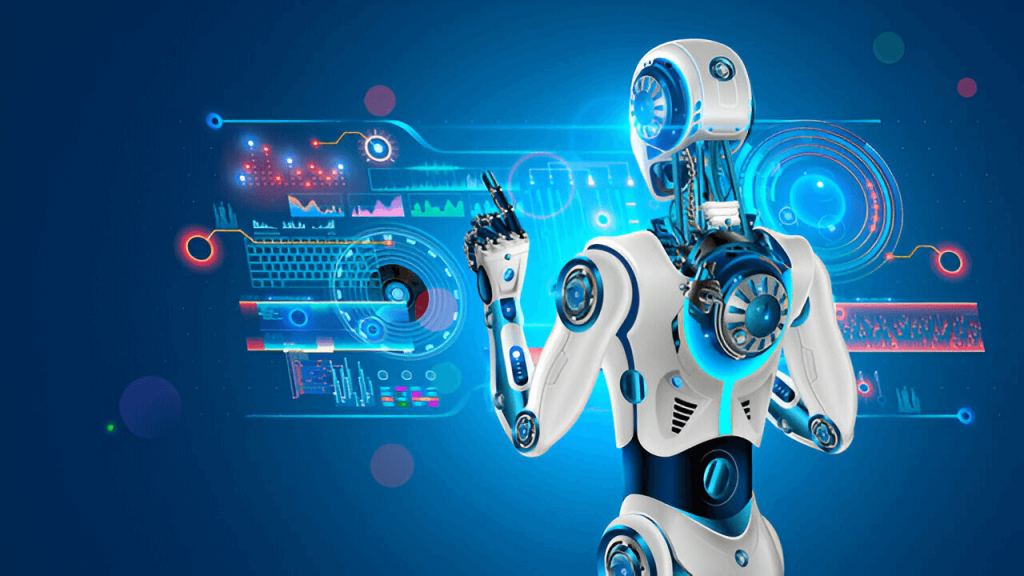
Taking a Closer Look at Words and Their Meanings
When we split up the text into little pieces and sort out the nouns, verbs, and all that, there’s still more to do.
Next, the machine needs to get the hang of two big ideas: syntax and semantics.
Syntax is just the way we put words together in a sentence so they make sense. Santa Clara University points out that semantics is about the machine getting the gist of words in sentences. By looking at the words nearby, semantic processing helps the model figure out what a phrase means.
Natural Language Processing Makes Words Next
After preparing and understanding the text, NLP then creates words. People using AI tools know this part well.
Here, when someone asks a question, the tool uses what it learned to reply with words or text.
How Do We Use Natural Language Processing Every Day?
Now you know what NLP (natural language processing) is. You might wonder, how do we use NLP in everyday life? Here’s how this cool technology helps us every day.
When you use Google or any search engine, NLP helps figure out what you mean. For example, if you look up “How to fix a cracked phone screen,” NLP knows you’re looking for steps to fix it, not just facts.
And it’s not just Google. Other search engines use AI too. Want to learn more? Look up info on AI Search Engines.
Chatbots and AI helpers
Chatbots and AI helpers use natural language processing to work. They can help with customer service.
For example, a chatbot might use articles or FAQs to answer a customer’s question. If that doesn’t work, it can send the question to a real person for more help.
Streaming content recommendations
When you stream shows on Netflix or similar platforms, they use smart technology to suggest what to watch next by looking at what you’ve already seen.
New advances in healthcare
NLP and machine learning are getting used more in healthcare now. For example, Yale School of Medicine talked about a new book on how to use NLP in biomedicine. This book wants to show ways NLP can help look at medical texts and its uses in health science.
Understanding Natural Language Processing Problems
Even though it’s getting better, NLP still has some problems. Here’s what’s going on:
First, we need to think a lot about keeping information private. NLP needs tons of information to learn and grow; it’s important to look closely at where this info comes from as NLP gets better. Also, we have to watch the data carefully so we don’t accidentally teach AI the wrong things that might be hidden in the data.
What’s Next for Talking Computers?
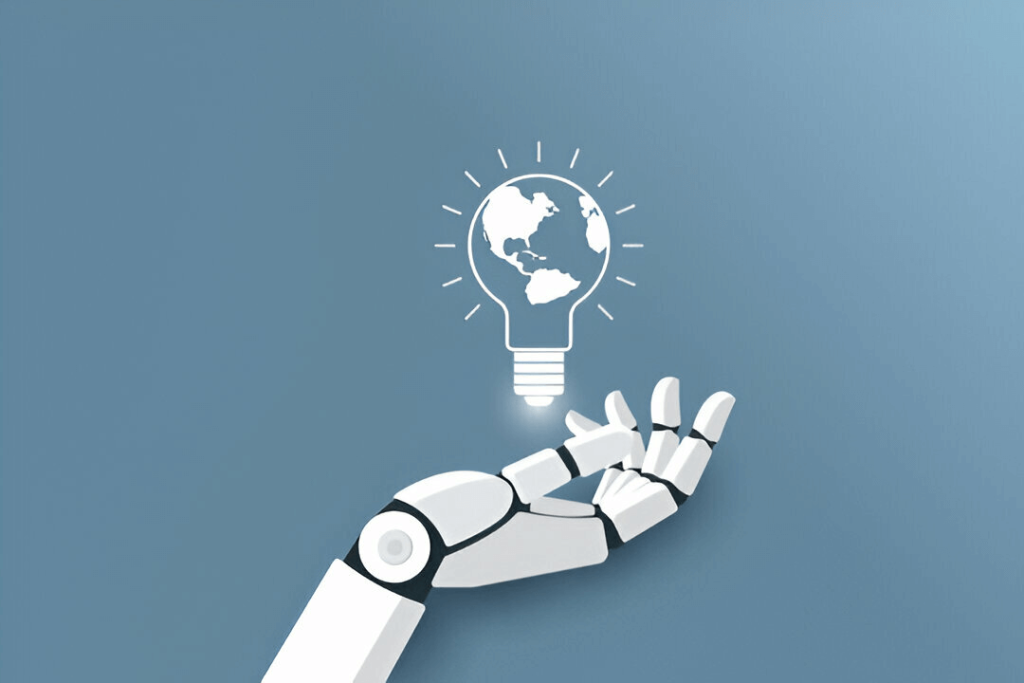
What’s the future like for computers that understand us? Right now, smart people are finding new ways to make talking to computers (NLP) even better.They’re working hard to break new ground. Here’s what they’re up to:
- Making AI that can explain itself: Computers are getting really good at understanding us, but they’re also getting more complicated. Sometimes, they make choices and we don’t know why. That’s why there’s a big push to make AI we can understand better. The folks at Carnegie Mellon University say this is all about making sure we can trust and figure out what these smart computers are doing.
- As AI gets better, we need clear rules for using AI the right way. Stanford University has a great guide on how to use AI safely and responsibly.
Understanding natural language isn’t simple. It keeps changing and involves parts of computer science, language study, and AI. This helps computers and people talk in a way that feels easy and natural.
Behind the Scenes of NLP: How Computers “Learn” Language
Natural Language Processing, or NLP, is all about teaching machines how to understand people’s way of speaking. It’s a tricky task, where computers have to make sense of words and language, using big bundles of text examples written by folks like you and me – sometimes in the millions, or even billions. These huge collections of text help train special learning models, educating the machine in spotting patterns in language. These patterns might be how a sentence is built, how words link together, or the bigger picture of what the sentence is about.
Teaching language to a machine begins with supervised learning. This is where data that’s been marked up by humans come into play. It acts as a guide, helping the system spot certain language elements, like which words play what role in the sentence, or specific things like names or dates. As the learning model takes in all this data, it starts to understand words’ meanings and how they click together. The system can then learn from these examples and use that learning when it encounters new text it’s never seen before.
NLP makes use of certain steps and tricks to help machines understand language better, like tokenization and part-of-speech tagging. Tokenization is when text is broken down into smaller bits or tokens. The tagging helps the machine figure out what role a word is playing in the sentence, like if it’s a noun, verb, or adjective. These processes make longer, more complex sentences simpler for a machine to understand.
Add into the mix recent strides in deep learning, mostly revolving around neural networks, and NLP models can now learn from data and also make educated guesses based on how language is used. Advanced learning models, for instance, GPT-4, can predict the next word or even the full sentence by looking at how words relate to each other. This allows the AI to understand not only the structure of sentences but also the wider meaning.
AI and Human Language: The Interplay Between Syntax and Semantics
Computers dealing with language have two main parts: syntax and semantics. Syntax handles the rules that dictate how words should be organized in a sentence. In simpler terms, it makes sure we say “She eats an apple” and not “An apple eats she”. The rules of syntax direct us to place “She” before the action word “eats”.
Semantics, on the flip side, checks what words mean in a given situation. Syntax can make a computer know the order of certain words, but semantics dives deeper. It helps the computer understand what those words actually mean. For instance, consider the sentence “I bank on the river.” The syntax is fine, but the meaning is unclear. Is “Bank” about a money place, or the edge of a river? Semantics can help the computer decide, based on what’s happening around the current context.
In handling language, both syntax and semantics team up to help computers process language just like us. Syntax checks that our sentences make structural sense, and semantics gives them sense in terms of meaning. Today’s advanced language processing models are getting better at juggling both these tasks. This helps artificial intelligence systems understand not just the rules of language, but also their intended meaning. The result? Conversations with machines that are smoother and really ‘get’ us.
Final Thoughts
AI will keep getting better and faster as we have more data to teach it and stronger computers.
It’s a good idea to be open about how AI helps in different jobs. This way, everyone knows what’s going on.
Want to know more about spotting AI in today’s world of AI and language processing? Learn how good AI detection is and check out some studies on how well it works.
Related Posts
Through digital leadership we empower people to leverage the opportunities in global economy

